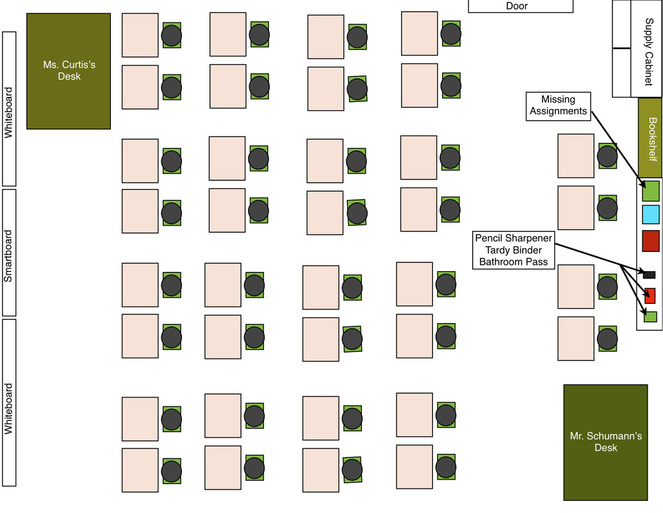This blog post got me thinking about what a future classroom will look like.
https://agenda.weforum.org/2015/08/what-will-classrooms-look-like-in-the-future/
The article was written by Sheryl Buckley the Director of the School of Computing at University of South Africa. Moses J. Strydom a Professor in the Department of Mechanical and Industrial Engineering at University of South Africa.
It got me thinking about, something I constantly think about, what will the future classroom look like.
Even with all of the technology that has evolved in the recent past, classrooms themselves have not evolved too much. They still follow a similar format.
https://agenda.weforum.org/2015/08/what-will-classrooms-look-like-in-the-future/
The article was written by Sheryl Buckley the Director of the School of Computing at University of South Africa. Moses J. Strydom a Professor in the Department of Mechanical and Industrial Engineering at University of South Africa.
It got me thinking about, something I constantly think about, what will the future classroom look like.
Even with all of the technology that has evolved in the recent past, classrooms themselves have not evolved too much. They still follow a similar format.
What will the future classroom look like?
What still looks the same in this video?
- Students are seated at desks facing a teacher.
- Teacher models information at the front of the classroom.
- Students are actively participating in the same activity (synchronous instruction)
- Each student has their own device to interact with.
- Teacher mentors students in a one-on-one setting if extra help is needed.
When people think about what the future classroom will look like, most examples I have seen show an update to the technology in the classroom. However, they show the same teaching styles and methods. I would like to see what the actual future classroom will look like that includes a more modern design based on how students should (and hopefully will) be taught.
So...What will the future classroom look like?
- Students are in an environment like a cubical, still together, but in an environment more conducive to independent learning. Goodbye desks all facing the teacher.
- Teachers monitor the classroom, not from a stationary point, such as the front of the room. Say goodbye to the teacher's desk.
- Students may be participating in differentiated activities based on ability as well as different activities at the same time (asynchronous). No more teacher at the front of the room modeling/lecture to everyone at the same time.
- Each student has their own device and work area that separate from others, but there are also team areas where students can work together.
- Teacher meets with students, either in small groups or one-on-one on a regularly scheduled basis and as needed.
I have yet to find a video that demonstrates my concept of what the future classroom will look like. If I find on in the future, I will post it.


Comments
Post a Comment